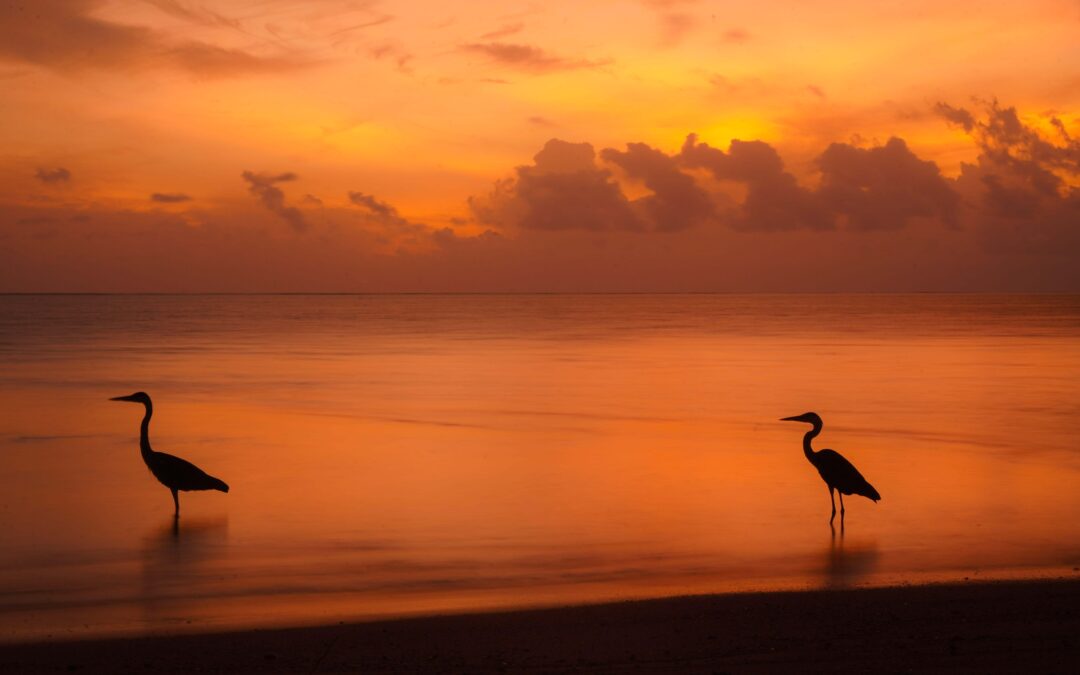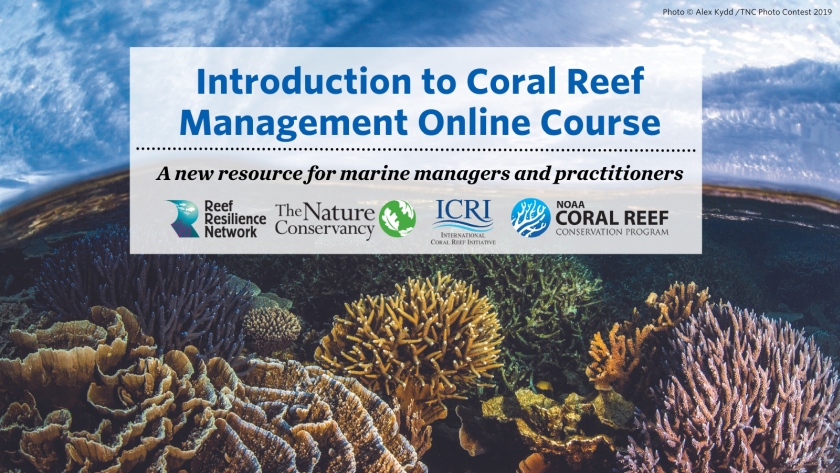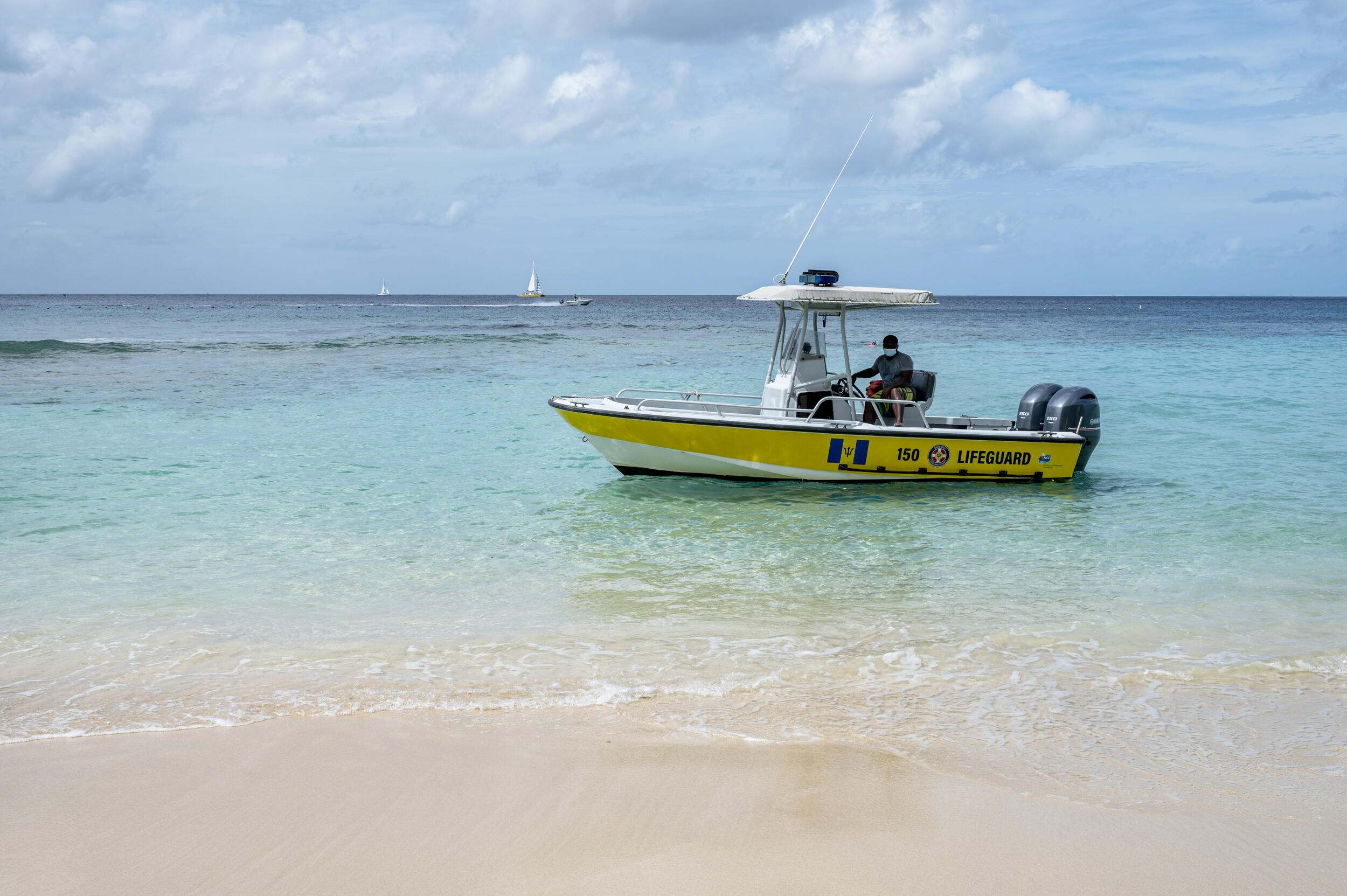Marine protected areas (MPAs) are vital tools for safeguarding ecological systems and are increasingly being established worldwide. However, MPAs can significantly impact human well-being, particularly for communities dependent on fishing and coastal access. Often, these impacts are negative in the short term, like losing access to fishing grounds, while the positive effects, such as the recovery of fish populations, take longer to appear. Unfortunately, the human well-being impacts are rarely considered before establishing an MPA, and the affected communities are seldom consulted during the process. There is a pressing need to understand and communicate the future well-being impacts while co-creating sustainable solutions both before the development of MPAs and throughout their ongoing management.
The authors describe three future-focused approaches to use when considering the human well-being outcomes of MPAs in both the short and long term:
- Quantitative prediction: This approach uses historical data to create quantitative models that forecast the potential future impacts of MPAs on human well-being. For example, models could estimate social impacts by using data from existing MPAs to predict potential effects for proposed MPAs, such as changes in income, catches, and nutrition.
- Forecasting change: This method involves developing future scenarios that consider the potential impacts of MPAs on human well-being. During MPA design, implementers could collaborate with experts to identify key issues and engage marginalized groups to co-develop various future scenarios—ranging from pessimistic to optimistic outcomes. Exploring these scenarios helps guide the MPA planning process, aiming to mitigate negative impacts and enhance positive outcomes.
- Future interactions and dynamics: This approach focuses on understanding and addressing future interactions and dynamics that may affect human well-being in the context of MPAs. It emphasizes flexible conservation strategies and iterative decision-making to adapt to changing circumstances. Creative methods, like short works of fiction, can explore complex future scenarios that quantitative models cannot, such as how coastal residents of various ages, ethnicities, religions, and genders might fare if an MPA were established.
Each of these future-oriented approaches has its limitations. However, using them in combination provides a comprehensive understanding of potential well-being outcomes, enabling informed decision-making to promote sustainable marine ecosystems and the welfare of coastal communities.
Implications for managers
- Use participatory, future-oriented approaches to anticipate and mitigate potential negative impact of MPAs on human well-being. This fosters equitable decision-making and distributes benefits and risks fairly among different groups. This work should be done prior to designing or creating MPAs.
- Consider both the short-term harms and long-term benefits to affected groups. Assess if the groups can withstand the short-term harms while awaiting long-term benefits.
- Adopt a broader definition of human well-being that goes beyond simple measures like income or catches. Well-being varies among individuals based on age, culture, ethnicity, gender, and engagement with specific fisheries.
- To comprehensively understand the impacts on human well-being, combine the three approaches described: quantitative prediction, forecasting change, and future interactions and dynamics.
- Explore a range of optimistic and pessimistic future scenarios, involving stakeholders and marginalized groups in the participatory process.
- Embrace both quantitative and creative methods to explore likely and less probable future scenarios.
Authors: Baker, D.M, N. Bennett, R.L. Gruby, S. Mangubhai, R.D. Rotjan, E. Sterling, K. Sullivan-Wiley, D. Gill, D. Johnson, G.G. Singh, S.C. White, N.J. Gray, M. Imirzaldu, and N.C. Ban
Year: 2023
One Earth 6(10): 1286-1290. doi: 10.1016/j.oneear.2023.09.008
This article summary was developed in partnership with the Blue Nature Alliance, a global partnership to catalyze effective large-scale ocean conservation.



